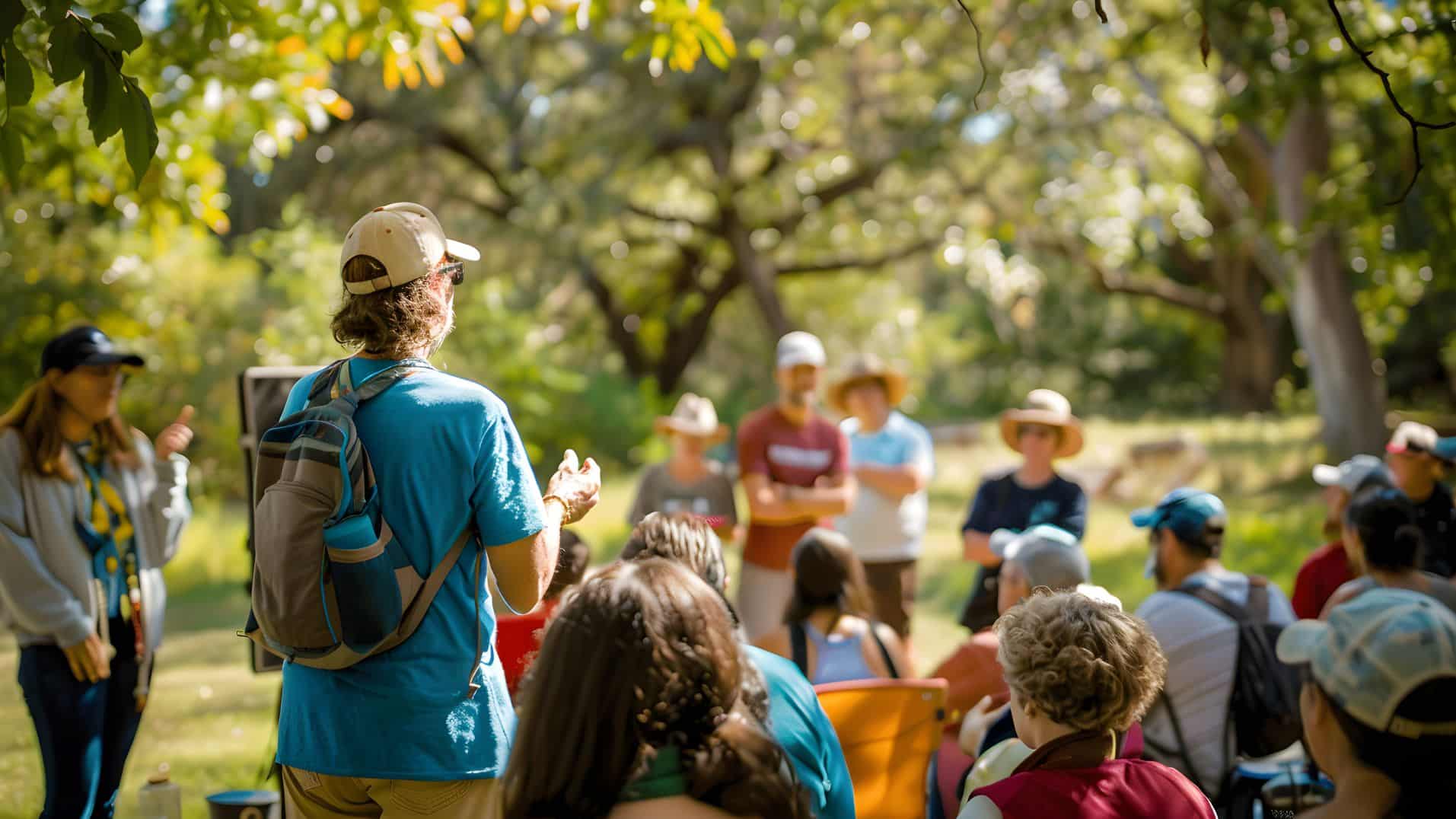Arnett’s article and AI fascinations and fears
In his article “Looking beyond the hype: AI won’t transform classrooms, but it will help transform education,” Thomas Arnett discusses AI’s opportunities for reimagining education, particularly for self-directed learning. In my role at the University of Notre Dame’s Alliance for Catholic Education, we strive to help teachers use technology meaningfully. Arnett’s idea of using AI to shortcut to the “frontier of your current understanding” caught my attention right away! However, the potential negative impact of AI-enabled personalization on learning communities tempers my excitement.
While AI offers many advantages for personalized education, educators must be mindful of its potential negative impact on the building and strengthening of community if education becomes excessively personalized. Should students still turn to their classmates and teachers when stuck, or should they use AI tools and the internet?
Arnett acknowledges these considerations for community in his article when exploring the role of teachers in an age of AI, stating that teachers “facilitate group learning activities” and “help students see themselves as members of a community of learners.” But is this enough? I would like to build on this by proposing guidelines and guardrails to ensure community and relationships are not only preserved but enriched in the age of AI.
Between lock-step and lone-wolf
Arnett focuses on “autodidacts,” or those who are self-taught. When I taught middle school, I often tried to create more autodidactic learning experiences in my classroom. Further, I now teach teachers how to utilize blended and personalized learning to create transformative, student-centered learning experiences. All of that is to say that I deeply wish that more autodidactic learning experiences existed in formal education.
Blended and personalized learning have motivated and proposed a mechanism to move away from yesteryear’s conventional, factory model of lock-step education toward more empowering learning experiences. I fully agree that schools must move toward “putting students in charge of the production process and helping them feel inspired to design and build their futures” (Arnett).
However, the problem arises if educators slide down the slippery slope and equate autodidactic/self-directed learning with what I call “lone-wolf” learning.
Let’s consider a spectrum of learning environments, from fully lock-step learning to fully lone-wolf learning.
- Lock-step learning: Most educators are familiar with the shortcomings of lock-step learning. Students sit and get teacher-dominated, direct instruction. Despite learning the same content simultaneously, there’s often little opportunity for collaboration and communication among students.
- Lone-wolf learning: On the opposite pole is what I deem “lone-wolf learning.” These are over-personalized learning experiences (a la Star Trek) where student-centered learning is taken to its isolating extreme. Students communicate and collaborate primarily with AI tools, not classmates or teachers.
In the context of a learning community, self-directed learning seems to fall in a sweet spot, a Golden Mean, if you will. However, if left unchecked, AI could push self-directed learning uncomfortably close to lone-wolf learning. Is it appropriate for students to learn from an AI chatbot what they could learn from a classmate? To what degree should educators encourage students (with their trusty AI companions) to be academic mavericks versus being integrated into an interconnected learning community?
Limits on AI-enhanced learning: The gist, guidelines, and guardrails
Arnett proposes that students could use AI chatbots to help them overcome academic hurdles through tailored, personalized feedback. He suggests students ask themselves, “Do you need help understanding where you went wrong on a math problem? Ask a chatbot. Do you need feedback on an essay you’re writing? Ask a chatbot.” This type of access to learning at any time and anywhere is empowering. I see AI chatbots as particularly useful in supporting students when away from their classroom. However, when students are in the classroom, defaulting to AI chatbots in this way misses meaningful opportunities for communication and collaboration.
As a guideline for classroom educators, consider adopting a modified “Ask 3 Before Me” strategy. Typically, this strategy encourages students to ask three classmates for assistance before seeking the teacher’s help when working with a small group of students.
Here is my modified version:
- First: Ask yourself. Encourage students to solve problems independently by pausing, reflecting, and retrying.
- Second: Ask a classmate(s). Instruct students to connect, communicate, and collaborate with their peers to solve problems. There’s a growing sense that students’ social skills are stunted, whether spurned by social media or the aftereffects of the pandemic. While data here is sparse, most educators reported that students’ ability to “make and maintain eye contact has gotten worse compared with 10 years ago” in a June 2024 EdWeek study . Introducing this step in the “Ask 3 Protocol” can not only benefit students academically (see peer learning and the protege effect) but also socially.
- Third: Ask AI. If the question remains unresolved, students could turn to an AI chatbot. Bonus points if the original student and their peer attend this learning activity together!
- Finally: Ask the teacher.
Consider this as a guideline you could follow. Lastly, it’s critical to put in place a guardrail that emphasizes essential interpersonal communication and collaboration skills over AI skills. Despite the allure of teaching students how to best engineer a prompt, priority should be placed on supporting students to communicate with other people.
Catholic education perspective
Catholic school educators place a significant emphasis on character development and community participation alongside an excellent and rigorous education for all students. Catholic education’s aims are multifaceted; we are not merely seeking to optimize academic learning.
This is not to say that non-Catholic education lacks these aims, but the conversation has a different timbre in Catholic education circles. One component of Catholic Social Teaching that’s particularly relevant here is the Call to Family, Community, and Participation, which Pope Francis nicely sums up: “The existence of each individual is deeply tied to that of others.” Catholic schools pride themselves on creating environments that are beneficial not only to learning but also to growing in community and communion with one another.
In addition to the conversations around AI-fueled academic dishonesty and AI-enhanced lesson planning, Catholic school educators should be asking the essential questions: “Do we need AI? What is gained and what is lost by its use?”
As advocates of personalized learning through technology, innovative educators push the limits of what learning experiences are possible with current technology. Now more than ever, I wonder if now is the time to pump the brakes a bit harder.
Questions or comments? Contact Lewis Poché, M.Ed., here: lpoche@nd.edu


